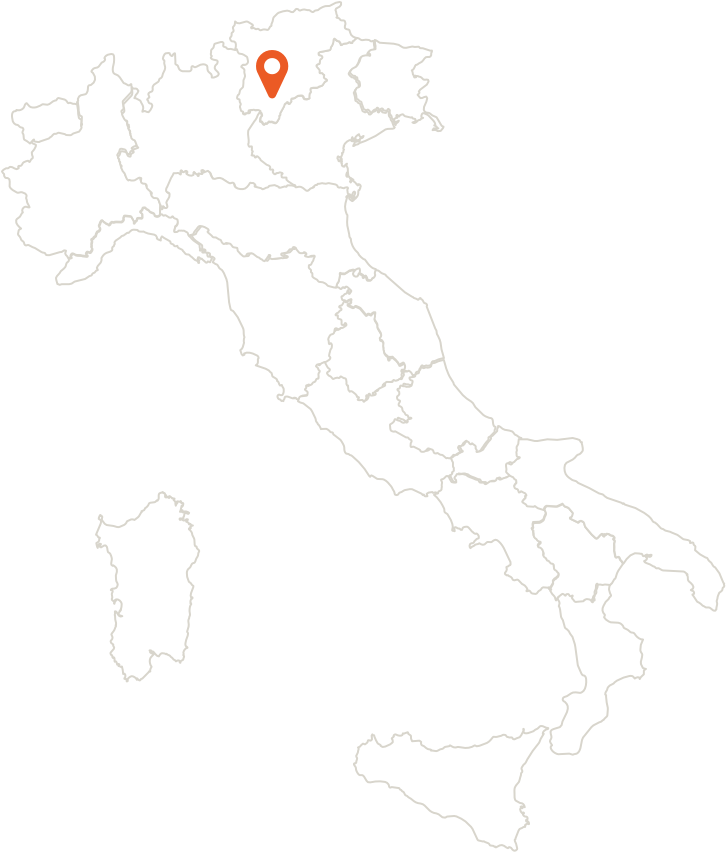futurist honeys manifesto
Local every area produces honey with specific physical and sensorial properties corresponding to the area and the time of its production. the honeys are like snapshots of the land, detailed images of woods, mountains and farmland.
a plant product even though made by bees, honey is the most precious fruit of the plants, and they reveal the scent of their flower of origin.
Raw no processing or treatment is necessary to preserve honey or make it edible. its nature allows it to be eaten raw, without additives or heat treatments, in its entire and complete purity.
Healthy minerals, enzymes, bioavailability, ethnopharmacopea, these are words that are naturally associated with the uses of honey and its properties. it is nectar, it is a plant product, the quintessence of the plants they come from.
Natural hives rhyme with lives. they are an unequivocal indicator of a healthy environment, they pollinate the flowers of most angiosperms, ensuring biodiversity. bees are, by their very nature, the link between the world of man and that of insects, often their voices go unheard.
Essential nothing is added and nothing is taken away from honey. this is what makes it essential. often, the most difficult thing is to stay humble, to understand our limits and let the magic balance between the plant world and the animal world run its natural course.
Sweet it has the magical sugars of fruit. as many as twenty-three different sugars distinguish it from the other single-string sweeteners. the sweetness of honey is composed above all of aromas, scents, textures, colors, behaviors and subtleties that resonate with the lightness of modern cuisine.
Artisanal beekeeping goes back to the dawn of time, and has always been in synch with nature’s cycles and rhythms, the sequence of the seasons and of climatic events. this characterizes it and makes it inimitable, manual, proportional to the community and the human dimension.
Unavailable you can’t always find honey: by its very nature, it can only be had in season, during its natural period of production, from one year to the next. often it is kept by small producers, who consume it themselves.
Limited beekeeping has definite rules: it must be done manually, and industrializing production is difficult. the quantity of honey produced is limited to what the surrounding land can give, and not a drop more can be had unless Mother Nature allows it. Limited and seasonal, with reduced production areas and fewer blooms and inclement weather all pose almost insurmountable obstacles to production. Anarchist beekeeping isn’t bound by the usual economic rules, being the ultimate lesson in patience and following cycles.
Atavistic the mystery of the bee has nurtured the legend of honey, invoked in the pyramids of Ancient Egypt, in the ten thousand years of prehistoric cave paintings in the cave of the spider in Valencia and many other places, too. the presence, of honey and bees is common to every culture, religion and society. the industry of the worker bee, the social structure of the hive, their ability to communicate, the virginity of the worker bees are just a few of the things that have fascinated man forever.
Holistic to understand bees in their multifaceted complexity, you need to have a comprehensive view of life on our planet. if we could morph into bees, we’d understand all the interactions. when we associate cheese and honey, few realize that their real relation does not lie in the plate, but in the pastures where the animals graze, always subject to the pollinating action of the bees, of the selective feeding of the herbivores and their fertilizing of the soil.
Environmentally friendly beekeeping has more at stake in the protection of the environment than any other economic activity. wildfires, floods, landslides, occupation of natural habitats, industry and chemical products used in agriculture are all threats to beekeepers, who watch vigilantly over the health of the planet and spread an environment-friendly message, often mediating and translating the buzzing of the bees, a sound every insect can hear.
Peaceful the relationship between beekeeper and bee is not harsh or cruel. beekeeping is one of those rare human examples of eating or using an animal product without eating the animal itself. it is instead a symbiotic relationship, of mutual benefit: the beekeeper defends them against their enemies, diseases and the cold, and provides them with abundant blooms nearby. they repay him with a host of products: honey, pollen, wax and royal jelly, in addition to the gift of pollination.
Maternal and seductive over time, honey has acquired the allure of a maternal, sensual product, the pacifier dipped in honey to soothe a crying infant, pages and pages devoted to its sweetness and tenderness, my honey! there are memorable works celebrating the seduction exerted by honey: sacred scriptures like the Song of Songs, refined erotic literature and films, it is a food that comes from an extraordinary feminine world, the world of bees.
Pure with the onset of sugar, honey was demoted, obliterated and forgotten. Its health-promoting qualities were forgotten, along with its aromatic characteristics and versatility. today, thanks to a renewed interest in nutrition and a return to cooking, it is making a comeback and reclaiming its place, establishing itself in dishes in complete parity with other precious ingredients.






